Recently, friends in the north, especially Beijing, may have noticed a somewhat abnormal phenomenon: the air quality is surprisingly good, and the blue sky has become standard. Many netizens joked: "The hammer just released the purifier, the air is so good, this purification effect is very good." "Awkward, you can't sell it."
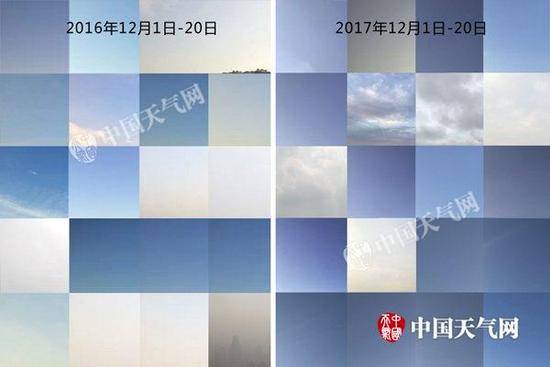
Comparison of Beijing and Beijing in 2016 and 2016 (Photo from China Weather Network, photo by Zhao Hong Zhao Wei)
This is also reflected in the data. According to the data of “China Air Quality Online Monitoring and Analysis Platformâ€, after entering December, Beijing’s air quality has always been “excellent†or “goodâ€, and only one day at the beginning of the month, it has reached severe pollution. The threshold.
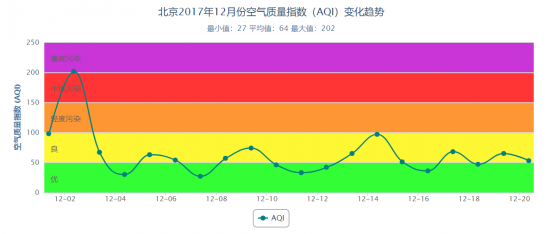
In fact, since March of this year, Beijing has had the lowest PM2.5 concentration for 8 months since it was recorded. As of the end of October, the cumulative concentration of PM2.5 in the city was 60 μg/m3, a decrease of 34.8% compared with the same period in 2013.
This seems to be somewhat inconsistent with our experience and perception. After the winter, due to heating and other reasons, most northern cities will enter the high incidence of smog, and they will not see the blue sky several times a month. The PM 2.5 burst table is a daily operation, and the mask is a necessities for life. Even school kindergartens will stop classes.
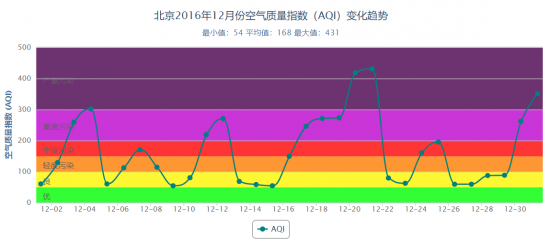
The air quality index of the same period last year was so terrible that it did not reach the "excellent" standard in December.
In addition, don't think that only Beijing's air is getting better. In the past, some regular customers on the list of the cities with the worst air quality have alleviated the pollution level to some extent this year.
Comparison of air quality in Xingtai, Hebei, last year and the same period of this year
Of course, this article does not discuss what causes the good weather today. After all, this is not the specialty and focus of the tiger. We set our sights on another group that also cares about air quality – empty equipment manufacturers.
A very natural question: If air quality has always been good like this, will consumers still pay for empty equipment? What should empty net manufacturers do?
Empty net manufacturers who rely on the sky to eat
First of all, it is clear that although the domestic net air market is unprecedentedly lively, China’s empty net market is still at a very preliminary stage compared to developed countries. According to statistics, the penetration rate of air purifiers in Europe and the United States is above 27%, 17% in Japan, and 70% in South Korea. The penetration rate of air purifiers in China is less than 1%, and there is still much room for improvement in market penetration.
The incremental dividends have not been tapped clean, and the manufacturers are like rushing to the gold rushers in the Great West, frantically pouring into the empty net market.
Among them, the filter purifier may be the lowest subdivision of the threshold. According to the interview of “Financial Networkâ€, looking for OEM production, the threshold for entry is only 100,000 yuan. The data shows that the number of national air purifier brands was 151 in 2013 and reached 689 by 2015.
Relying on the weather and the location, the first batch of players were proud of the spring breeze, not only earned money, but also the reputation of "health guards", fame and fortune.
In addition, with the rise of smart homes, air purifiers have become the weapon of the user's "first smart home device", and with one, they can't help but want to come to a set, the ecology is thus established, have to say This abacus is really smart.
But suddenly, the weather is not working. Once the north of the smog-hit area, the blue sky began to become the norm, and the air quality index has never seen red again. At this time, will people still pay for air equipment?
Before we say the change in sales, let's first look at whether people's attention to smog and purifiers has changed. After all, this is the most important factor in determining sales. Mainly observe the index of Baidu and Weibo, a search, a social, enough to reflect the trend of people's attention and discussion about smog and air.
The first is the Baidu Index. We use the "haze" and "air purifier" as keywords, and the timeline is longer.
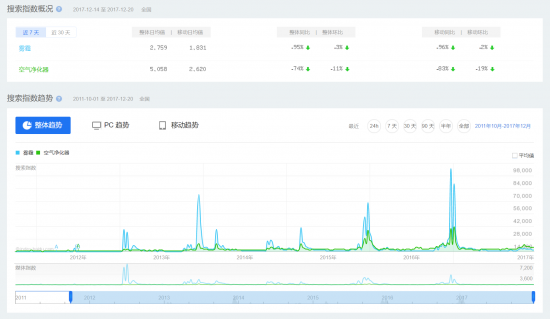
It can be seen that from the beginning of 2012, the end of each year is the time when the search for smog and air purifiers is the hottest. When the winter is over, the heat will fall back to a normal value, and it will be widely discussed in the winter of the next year. . But this year, we can see that the search index has been very stable at a low level, even if there is no fluctuation after the winter.
The same is true for the hot word trend of Weibo:
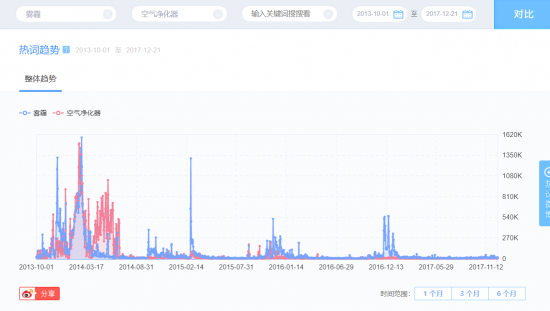
Consumers can be said to be very realistic. If the fog is raging, the purifiers can be snapped up; but as long as the air quality is slightly better, the purifiers are not within their attention.
And does this trend also reflect sales?
Recently, the purifiers of major e-commerce platforms have launched price reduction promotions, which also reflects the impact of supply and demand on prices. You know, the millet purifier last winter was hard to find.
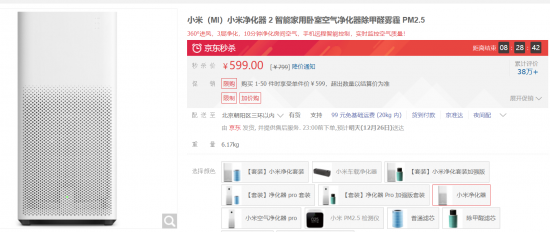
The opinions of the insiders may reflect the problem more. An Wuxi air purifier manufacturer said in an interview with Huaxia Times: “The annual peak season will increase by about 20% compared with the previous year, but since October this year, the order volume of air purifiers has been compared with previous years. Not only did it not increase, but it fell by 30%."
Experts have predicted that the sales volume of China's air purifiers in 2017 will reach more than 100 billion yuan, and in 2020 it will reach 300 billion yuan. In response to this estimate, a Beijing-based manufacturer responded to an interview with the China Times: "This number is definitely not up to date. So far, the sales of online air purifiers this year are only 3 million units on board, offline. It is slightly lower than the online one, and the sum of the two is far less than 10 million. The sales in the first half of this year was only 7.9 billion yuan, even if it increased in the second half of the year, it is far less than 100 billion. ."
As mentioned above, China's empty net market is still at a very early stage, which is reflected not only in market share, but also in the understanding and acceptance of products. In the traditional impression of consumers, the empty equipment is smog. If the sky is blue, the plastic enamel is completely useless.
But in fact, air pollutants are not only PM 2. 5, it looks like a blue sky, there will still be a lot of pollutants (especially in our country). The domestic empty net equipment market still has a long way to go in user education.
But this is all afterwards. As far as we are concerned, the blue sky that the masses like to see is indeed a nightmare for empty equipment manufacturers, and its impact on sales is devastating.
Where do empty net manufacturers go?
Before the tiger sniffed, there was an article "Not that the fog is less, but the consumers are tired", which explores in detail the various routines of the empty net manufacturers in the face of consumers' "healthy anxiety." But now that the words are smashed, the smog is really less, what do the empty net manufacturers think?
This year, Hammer Technology also made a high-profile entry into the net net market, and released the "smooth breathing" air purifier at the autumn conference in November. But God seems to have a joke with them. After the release of this device, the weather in the north has been good, and the demand for purifiers has fallen to a low point. Li Jianye, vice president of industrial technology design for Hammer Technology, also ridiculed himself on Weibo:

Xiaomi, a strong contender for the entry purifier, recently opened a large-scale advertising pavilion. Bus stations, elevators, etc. all have millet purifiers. However, looking up at the blue sky, netizens are arguing about Xiaomi’s advertising. The fee is white.
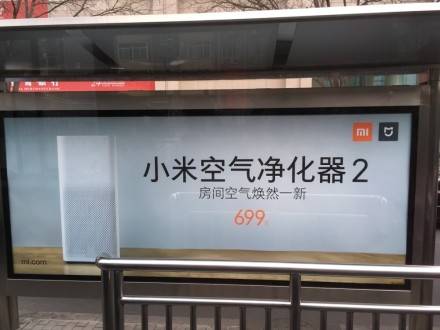
In fact, the industry of empty net equipment is the same as hospitals and funeral homes. From an ethical point of view, they do not seem to be looking forward to the poor air quality; but if they have always been sunny, they have no food.
In the face of the gradually getting better air (at least it looks better), and the “healthy anxiety†that consumers are not so secure, what should the future net manufacturers do?
For traditional air-cleaning equipment manufacturers, either transform or continue to plough, after all, there is technology and supply chain foundation. For Internet manufacturers like Hammer and Xiaomi, they can only break the wrist and continue to do other eco-chain products. After all, even the most mature millet ecological chain, there are many unsuccessful products.
Compared to the green light that lights up on the purifier, consumers are more willing to see the blue sky. Empty net manufacturers, ask for more blessings.
Combining the very latest technologies with proven RF experience, our 1000W FM Transmitter has been designed to offer an innovative and highly reliable solution for medium power transmission.
The FM 1000W is highly robust and delivers efficiency of up to 72%. Top signal quality and performance are achieved thanks to the [FM band direct to frequency" Digital Modulator. It also offers several innovative features such as dynamic RDS encoding and 5 band sound processing.
1000W Fm Transmitter,1000W Fm Radio Transmitter,1000W Fm Radio Transmitter System,1000W Professional Fm Broadcast Transmitter
Anshan Yuexing Technology Electronics Co., LTD , https://www.yxhtfmtv.com